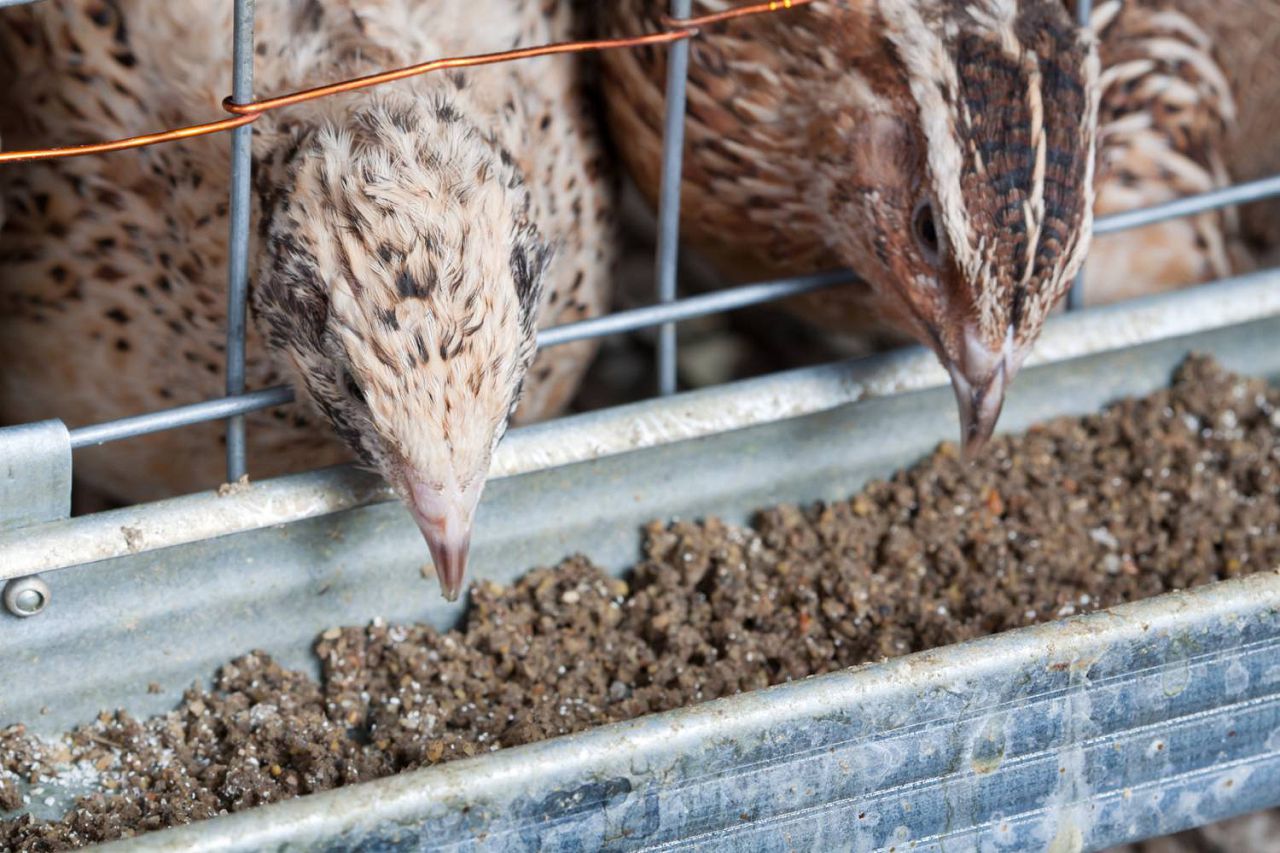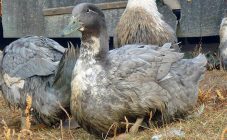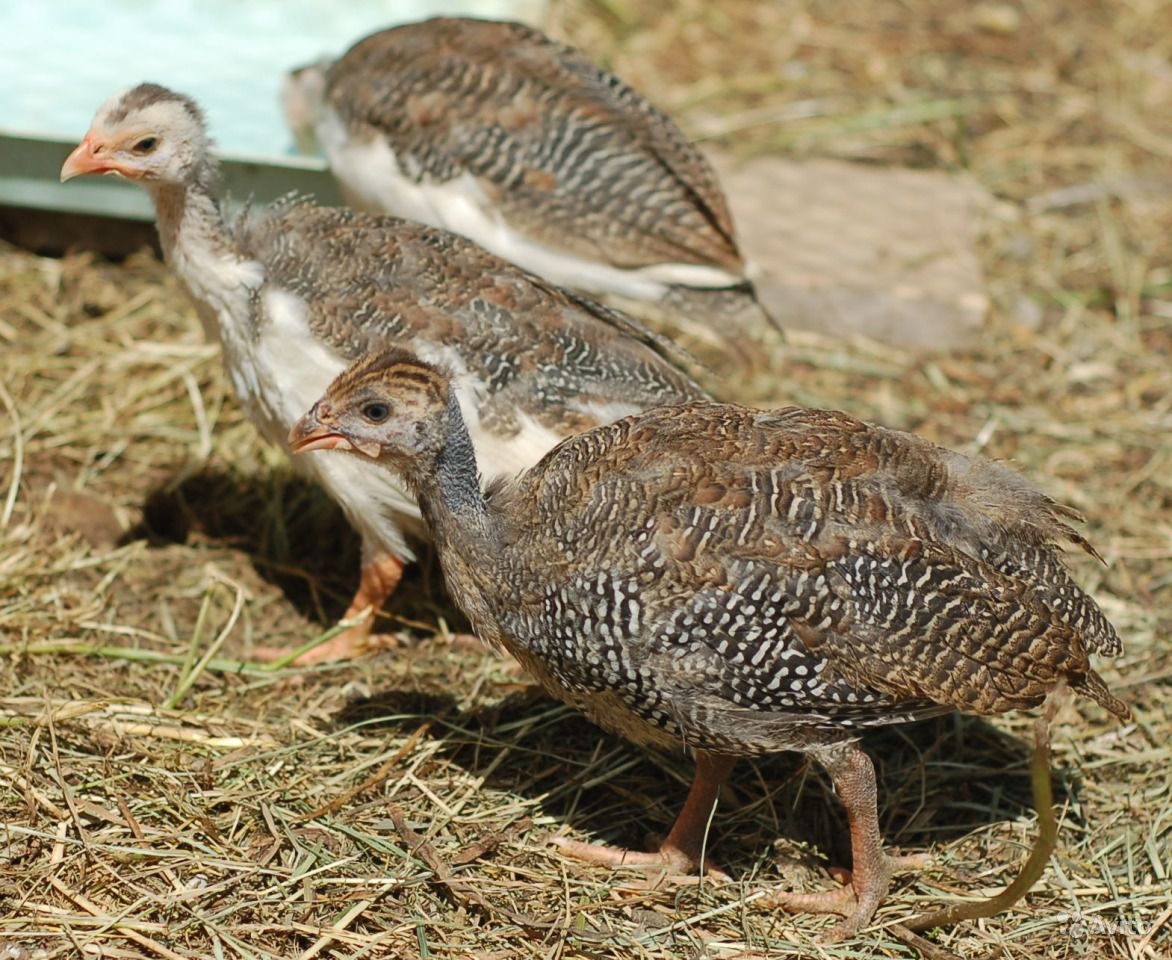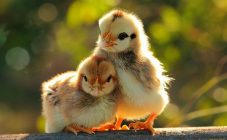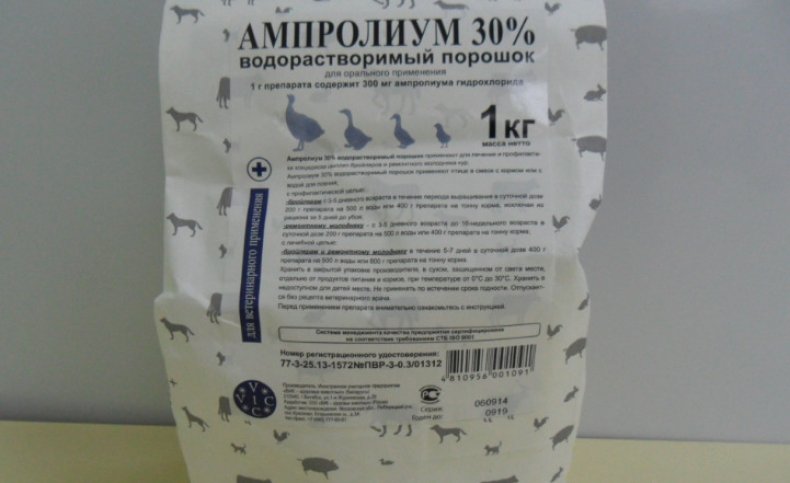Content:
Quails are close relatives of the partridge. They are both wild and domestic. Quails have been familiar to man for a long time: they were hunted as game, kept at home in cages like songbirds and used to organize bird fights. Quail was first domesticated in ancient China. In Russia, they learned about him during the time of Ivan the Terrible. Then the meat of these birds was considered one of the most delicious delicacies. However, quail breeding in Russian backyards and in the CIS countries began only 50 years ago, in the middle of the 20th century, and therefore there is little theoretical literature devoted to breeding these birds. And novice farmers are often intimidated by this, so they prefer to breed chickens, guinea fowls or ducks.
Since quails are not yet very popular, it is profitable to breed them due to the lack of competitors. Moreover, the breeding process is quite simple: quails easily adapt to any conditions, quickly gain weight and have excellent egg production. Quail eggs are considered a dietary product, and meat contains a large amount of easily digestible protein. In the breeding process, the main thing is to provide a balanced diet and a spacious cage. Then in 2 months it will be possible to get both meat and eggs.
Breeding quail at home
Novice poultry farmers are often interested in how many days a quail hatches eggs. The experts answer: the domestic quail does not incubate its offspring at all. She is not able to bring children out of eggs, because she simply does not know how to do it. Quails that were born in an incubator are born without hatching instinct. If you want quails to live on a home farm, incubation is the only way to get young.
After the incubator, the offspring are healthy and strong. The incubation period is 3 weeks. Sometimes youngsters hatch a little earlier - after 18 days. To reduce the incubation time, the temperature inside the equipment must be increased.
Hatching of the quails is amicable and fast: the chicks appear one after the other, which is very convenient. As they hatch, the breeder examines them and places them in a prepared brooder. There the young will feel like under the wing of a laying hen.
Weekly quails are very vulnerable after incubation. At first, the chicks have difficulty keeping on their paws and look small and unprotected. This applies not only to those who have just hatched, but also to older chicks - 2-10 days of age.
Quails in the first week after incubation can sit in a regular box, but it is easier to provide the necessary microclimate in a brooder. A brooder is a special cage for young animals, equipped with everything you need: feeders, drinkers, heating and lighting equipment. You can buy a ready-made brooder for quail or make it yourself.
The chicks should spend the first week of life at a temperature of 35 - 36 ° С, then the temperature can be gradually reduced to 30 ° С. The main thing is to prevent drafts and sudden cold snaps (warming), because chicks die from this. To keep track of the temperature in the quail brooder, there must be a thermometer inside. It is also advisable to equip it with a hygrometer - a device that determines air humidity.
When breeding young animals, the following should be considered:
- The first two weeks, lighting should be around the clock, otherwise the quail chicks will get sick with rickets. Rickets is one of the main causes of poor weight gain.
- The feeders need to be covered with a netting to prevent the chicks from falling there. The quail can be seriously injured or even killed if it falls into the feeder.
- Vacuum drinkers work best.
- If some quail chick looks sick, it must be urgently isolated, otherwise the disease will be transmitted to its relatives.
- After 3 weeks, the young are transferred from the brooder to the adult cages.
What to feed the quail in the first days of life after the incubator
Quails, just born, after a few hours can already eat on their own. You need to feed with food rich in protein. A mash of bran, finely grated carrots and chopped egg yolk is perfect. The chicks' stomach easily adapts to this food. How to feed daily quail at home (first 10 days of life):
- chopped boiled eggs;
- finely chopped grass and greens;
- cottage cheese and sour milk;
- industrial compound feed.
Young animals in the period of intensive growth and development require more protein than adults. You can use feed for chickens or turkey poults.
From 4 days of life, you can gradually introduce food of animal origin - mealworms. Young animals willingly eat any feed, so there are usually no problems with how to feed the quail.
Feeding the quail should take place strictly according to the regime at the same time. Overfeeding should be avoided. When harvesting grass for chicks, you need to make sure that poisonous plants do not get into food. The most dangerous of them are the buttercup (a plant with small yellow flowers, popularly also called "night blindness") and celandine. These plants contain toxins, from which the chick instantly dies instantly. The grass must be harvested strictly in an environmentally friendly area, away from roads and highways.
Content
Basic requirements for the conditions of keeping young animals:
- mesh floor covered with tarpaulin;
- the presence of lamps for round-the-clock heating;
- air humidity 50%;
- no fire hazardous heaters.
Particular attention should be paid to air humidity. In a damp room, chicks get sick, dry air also adversely affects the well-being and development of young animals, and therefore rearing chicks in a basement is unacceptable.
Caring for quails from day one should be daily and systematic. Among the main care activities are the following:
- maintaining the desired temperature and humidity;
- airing the room;
- cleaning of droppings, remains of not eaten feed, replacement of old water with fresh water;
- disinfection of the premises, feeders and drinkers;
- replacement of sawdust used as bedding.
In order for the rearing of chicks to be successful, you should use the recommendations of experienced poultry farmers:
- Quails love space, so keeping a large number of chicks in a cramped cage is unacceptable. In addition, a large cage is easier to clean and disinfect than a small one, and it is more convenient to care for birds.
- So that young animals do not suffer from calcium deficiency, crushed chalk or shells ground into powder can be given to quails as a mineral supplement.
- If the birds are kept in an apartment, you cannot put a cage or a box with young animals by the window, since quails are by nature shy, afraid of bright light and loud sounds.
- The easiest way to make a feeder is from a plastic pipe cut lengthwise into two halves.
For the birds to eat better, you need to feed them at the same time to develop a conditioned reflex. The frequency of feeding is three times a day: morning, afternoon and evening.
Advantages and disadvantages of breeding and rearing quail
If properly bred and reared young quail, it can be a profitable business that does not require special investment. You can make your own breeding and feed equipment. Here are the main benefits of these birds:
- quails are in good health and rarely get sick if kept in proper conditions;
- birds quickly reach sexual maturity and begin to rush;
- you can keep quails not only in a summer cottage, but also in an ordinary city apartment;
- artificial incubation is not difficult.
However, there are also disadvantages to raising quail. A novice poultry breeder must know them:
- quails do not like other birds, therefore, unlike, for example, guinea fowls, they cannot be kept next to chickens or turkeys;
- it is a very shy bird, if you scare it, then it stops laying eggs;
- quail meat is not in great demand, because many housewives do not know how to cook this bird correctly;
- quails do not hatch their eggs, so an incubator is indispensable.
Despite these disadvantages, breeding and raising young animals is a profitable business. Grass and worms make up most of the adult quail's diet, so you won't have to spend a lot of money on compound feed. A home-made quail farm is a great way to make money and provide your household with delicious meat and dietary eggs.


